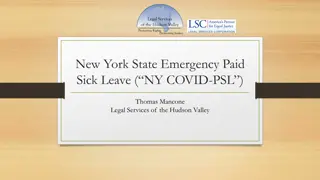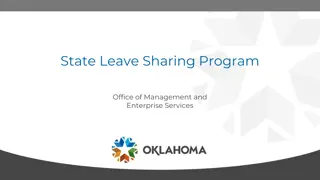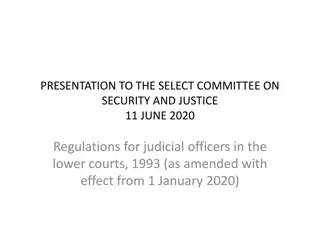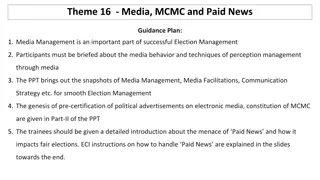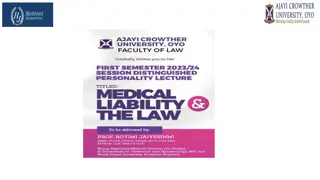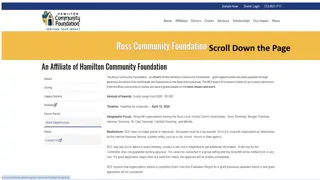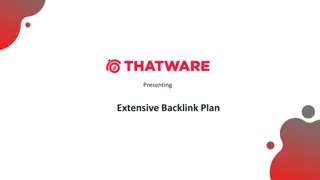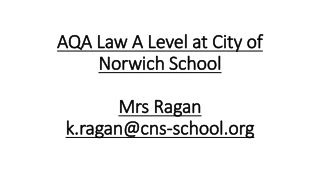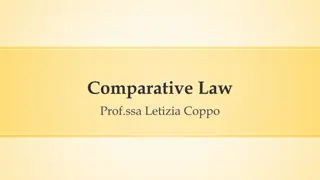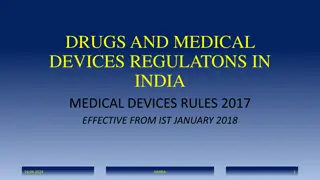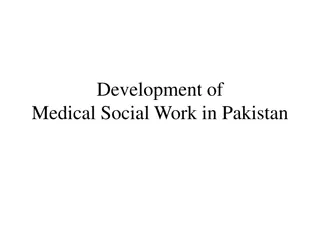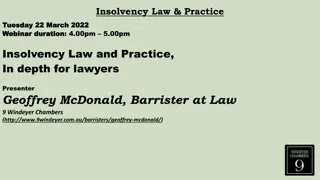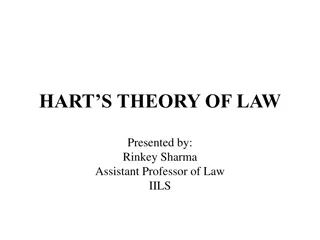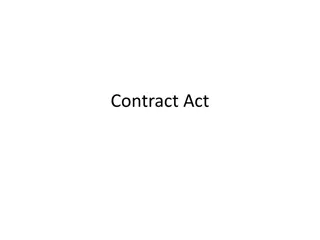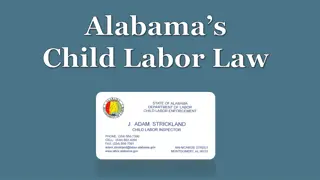Maine's Paid Family and Medical Leave Law Overview
Maine's Paid Family and Medical Leave (PFML) law, effective October 25, 2023, provides up to 12 weeks of paid leave per benefit year for various reasons. Employers and employees contribute to the PFML fund, with key dates and rulemaking processes outlined for implementation. Contributions are calculated based on a percentage of wages, and exemptions apply to smaller employers. Public feedback sessions will inform the rulemaking process.
Download Presentation

Please find below an Image/Link to download the presentation.
The content on the website is provided AS IS for your information and personal use only. It may not be sold, licensed, or shared on other websites without obtaining consent from the author. Download presentation by click this link. If you encounter any issues during the download, it is possible that the publisher has removed the file from their server.
E N D
Presentation Transcript
MAINES PAID FAMILY AND MEDICAL LEAVE LAW Agenda: General Overview Key Dates Rulemaking and Gathering Feedback Contributions to the PFML Fund Reasons for Leave Types of Leave Requirements and Eligibility Information for Employers Benefit Calculations: The Tiers Examples Questions
GENERAL OVERVIEW July 2023 - Governor Janet Mills signs state budget into law that included the creation of the Paid Family and Medical Leave (PFML) law. Maine s PFML law will provide up to 12 weeks of paid leave per benefit year for family, military, medical or safe leave. PFML law will apply to all employees and employers in the State of Maine. Federal government and its employees are exempted from the law.
KEY DATES October 25, 2023: PFML law takes effect. January 1, 2024: PFML Authority appointed. January 1, 2025: Rules to implement the PFML program must be adopted by the Maine Department of Labor. January 1, 2025: Payroll withholdings for the Paid Family Medical Leave program will begin. May 1, 2026: Benefits become available.
RULEMAKING PROCESS AND GATHERING FEEDBACK The rulemaking process for PFML will be done in accordance with the Maine Administrative Procedures Act (MAPA): Target date to begin rulemaking process: Spring 2024 Informal public listening sessions will be held across the state to solicit general feedback and questions from interested parties. Initial rules drafted and released for public comment. Opportunities for public comment will be provided along with a public hearing. Department considers and responds to public comments. Department publishes rules to implement the program by January 2025.
CONTRIBUTIONS TO PFML FUND The contribution per employee is 1% of an individual s wage rate, split between the employee and employer. Employers with fewer than 15 employees are exempted from the employer share of contributions but they must still withhold 50% of the premium from their employees wages. Self-employed individuals who opt-in are only responsible for the 50% premium rate. Example of contribution breakdown for employers/employees: For employers with 15 or more employees For an employer with an annual payroll of $1 million a year, the annual premium would be $10,000 ($1M x 1%). The employer would contribute $5,000 per year (50%) and the employees, combined, would contribute $5,000 per year (50%). For employers with less than 15 employees For an employer with an annual payroll of $250,000, the annual premium would be $1,250 ($250K x 0.5%). The employer may deduct the entire amount from the employees wages and would be responsible for remitting the premium.
REASONS FOR LEAVE PFML reasons for leave mirror current state and federal law. Reasons for leave include: Family leave: To care for a new child (birth, adoption, fostering) Medical leave: To care for one s own medical needs, to care for family with serious health condition Safe leave: For victims of domestic abuse Military deployment: For emergencies related to military deployment (qualifying exigency)
TYPES OF LEAVE Continuous leave: An employee is taking leave that is ongoing for days or weeks at a time. (Ex. Employee is taking 6 weeks off to bond with newborn). Intermittent leave: An employee is still working but will need to take time off in increments (Ex. An employee undergoing chemotherapy works in the morning, has chemotherapy treatment in the afternoon, and will need a day to recover). Reduced leave: An employee is still working but is on a reduced schedule working certain number days of the week while on leave for the rest. (Ex. Employee normally works Monday-Friday but is now only working Monday, Wednesday and Thursday for the next 8 weeks to care for a family member with a serious medical condition).
REQUIREMENTS AND ELIGIBILITY Absent an emergency, illness or necessity to take leave, an employee must give reasonable notice to the employer of their intent to take leave. Proof must be provided that the individual qualifies under one of the approved reasons for leave. The individual must have earned at least six times the state average weekly wage (SAWW) over the past four quarters before accessing the benefit. The scheduling of an employee taking leave must not cause undue hardship on the employer.
IMPORTANT INFORMATION FOR EMPLOYERS Individuals who have not worked for an employer for at least 120 days are not guaranteed job protections when taking leave. An employer may apply for a private plan exemption showing what they offer is "substantially equivalent" to the state plan. They may opt out and administer their own plan as long as their plan meets the obligations required under the PFML law (rights, protections and benefits). The Department holds the right to withdraw approval of a private plan if any of the terms and conditions are violated. If an employer fails to provide notice about the Maine PFML program and the employee s right to take it if necessary, the employee s obligation to inform the employer they are taking leave is waived.
BENEFIT CALCULATIONS: THE TIERS Benefits are determined by a tiered system based on the state average weekly wage (SAWW): The portion of the covered individual s average weekly wage that is equal to or less than 50% of the SAWW is replaced at 90% The portion of the covered individual s average weekly wage that is more than 50% of the SAWW is replaced at 66% Benefits are capped at the SAWW ($1,103 in 2022)
HOW BENEFITS WILL BE CALCULATED EXAMPLE HOW BENEFITS WILL BE CALCULATED EXAMPLE 1: MORGAN (ESTIMATE) Morgan is employed as a full-time accountant and earns $57,000 a year. Morgan needs to take 8 weeks off to care for her mother who has a serious medical condition. Calculation of Morgan s Weekly Benefit (Estimate): Morgan s average weekly wage is $1,096 ($57,000 divided by 52 weeks). Morgan s weekly deduction from paycheck to pay into PFML fund is $5.48 per week. ($285 a year in contributions divided by 52 weeks). Assuming Morgan s employer has less than 15 employees, the employer is exempt from paying an employer contribution but must submit Morgan s deductions to the PFML Fund. Tier 1: 90% wage replacement on earnings up to 50% of SAWW: $1,103 x 50% = $552 (rounded). 90% of $552 = $496 Tier 2: 66% wage replacement on earnings exceeding 50% of the SAWW Morgan s remaining earnings are $544 ($1,096 - $552). 66% of $544 = $359 Morgan s weekly benefit for the next 8 weeks = $855 ($496 plus $359). This is less than the SAWW, so there is no reduction.
HOW BENEFITS WILL BE CALCULATED EX HOW BENEFITS WILL BE CALCULATED EXAMPLE 2: MICHAEL (ESTIMATE) Michael is employed full-time as a custodian and earns $29,432 a year. (The 2024 state minimum wage of $14.15 per hour) Michael needs to take 6 weeks off to bond with his newborn daughter. Calculation of Michael s Weekly Benefit (Estimate): Michael s average weekly wage is $566 ($29,432 divided by 52 weeks). Michael s weekly deduction from paycheck to pay into PFML fund is $2.83 per week. ($147 a year in contributions divided by 52 weeks). Assuming Michael s employer has 15 or more employees, the employer contribution is also $2.83 a week. ($147 a year in contributions divided by 52 weeks). Tier 1: 90% wage replacement on earnings up to 50% of SAWW: $1,103 x 50% = $552 (rounded). 90% of $552 = $496 Tier 2: 66% wage replacement on earnings exceeding 50% of the SAWW Michael s remaining earnings are $14 ($566 - $552). 66% of $14 = $9 Michael s total weekly benefit for the next 6 weeks = $505 ($496 plus $9). This is less than the SAWW, so there is no reduction.
HOW BENEFITS WILL BE CALCULATED EX HOW BENEFITS WILL BE CALCULATED EXAMPLE 3: JO (ESTIMATE) AMPLE 3 (ESTIMATE) Jo is employed full-time as a mechanic and earns $78,000 a year. Jo needs to take 4 weeks off to recover from surgery. Calculation of Jo s Weekly Benefit (Estimate): Jo s average weekly wage is $1,500 ($78,000 divided by 52 weeks). Jo s weekly deduction from paycheck to pay into PFML fund is $7.50 per week. Assuming Jo s employer has 15 or more employees, the employer contribution is also $7.50 a week. Tier 1: 90% wage replacement on earnings up to 50% of SAWW: $1,103 x 50% = $552 (rounded). 90% of $552 = $496 Tier 2: 66% wage replacement on earnings exceeding 50% of the SAWW Jo s remaining earnings are $948 ($1,500 - $552). 66% of $948 = $626 Jo s total weekly benefit for the next 6 weeks = $1,122 ($496 + $626). This exceeds the SAWW, so Jo s benefit is capped at $1,103.


